Coaching in tennis has been a very contentious issue in 2024. With a rule change coming late last year permitting coaching during matches, opinions have been split.
For the majority of tennis’ history, it hasn’t been something overly prevalent. Coaching always existed as part of tennis, but in the past, it was sanctioned heavily. It was illegal for any coaching to occur during a match, so much so that players were given warnings – none more famous than Serena Williams at the US Open.
Now, with the rule change, some have argued that allowing on-court coaching is a good thing because it raises the level of the sport. Others have claimed that it ruins the competitive essence of the sport. As with anything, it’s a very nuanced topic and far from black and white.
On-court coaching in tennis: a contentious issue
Coaching from the sidelines is very prevalent in lots of sports, which is one of the main arguments as to why it should be allowed in tennis.
Famous players who have been adamantly pro-coaching include Stefanos Tsitsipas, who often talked about the comparison to other sports. Others, like Taylor Fritz, have been very against it or at least against it with caveats.

Fritz once again talked about it during the ATP Finals, noting that in general, he doesn’t mind coaches giving players encouragement. However, he doesn’t think it’s right when advice becomes tactical.
“I think as far as it should go with the coach talking to you is giving you encouragement, saying, ‘great shot, good job, keep going, keep fighting’ stuff like that. I think when it gets into strategic, like ‘back up, hit it this way more, cover this,’ I don’t think that’s right,” he said.
The American said earlier that players being on their own on the court, having to problem-solve on the spot, is what makes tennis so fascinating. And he’s not wrong. It certainly creates a really interesting dynamic, which not too many sports have, especially those with prominent coaching.
On another note, Tsitsipas is likely right that it does enhance the competitive nature of a match, making matches more interesting. Take the example of the French Open final between Carlos Alcaraz and Alexander Zverev.
Both players changed their tactics a couple of times during the match, resulting in a couple of twists in the match before it ended in the fifth set. Alcaraz, moonballing in the final two sets, turned around the match, and that instruction likely came from the box. Ten years ago, that was impossible, at least legally, though coaching was always there.
Even before it was made legal, lots of coaches engaged in covert coaching, so as Fritz said famously, the ATP was kind of bullied into approving it. Fans were for it, some players were for it, and those who were against it simply had to comply with it.
Our verdict on on-court coaching in tennis
Determining whether on-court coaching enhances or detracts from tennis is no easy feat.
On the one hand, it has positives; on the other hand, it diminishes what makes tennis special. You can’t really say that it’s ruining the sport, though, because that’s a bit harsh.
The sport is what it is, and it’s going to be what it’s going to be in a decade and 50 years. How an individual perceives that remains to be seen. Roger Federer was famously very against the Hawk-Eye system, subscribing to a more traditional approach, but nobody can argue that it’s a bad change.
It’s a good change which enhances the integrity of the sport even though it goes against tradition. Coaching might go against tradition, but overall, for most people, it might just be a net positive. The problem which might arise from it is that it’s not used equally.
Some ATP coaches give lots of tactical input during a match. Some simply encourage the players with generic messages like ‘come on,’ so overall, it’s just not balanced. This means players might simply be benefiting from this rule change more than others.
It’s not something you can police, though, at least with the way the rule is formulated right now. Fritz, though, thought that through as well. He suggested a microphone in the box so that it can be monitored. Every time something that goes too far is said, the player gets penalized.
“I think there should be mics in the boxes,” he said. “I think there should be someone monitoring the mics. It should be very, very strict to where if anything goes past just encouragement, immediately you’re penalized. That’s how you fix it. That’s how you have no coaching. Players have to figure things out on their own. That’s, like I said, one of the great things about tennis.”
It’s an interesting idea, though unlikely to become the norm anytime soon. It’s also very in line with how Fritz sees things. That’s not a perspective all share, though, so time will tell what happens.
As for now, we say that the new coaching rules haven’t ruined tennis, but simply changed it. With a little ironing out, they should be an enhancement.



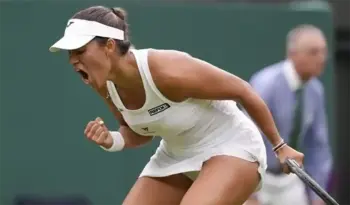
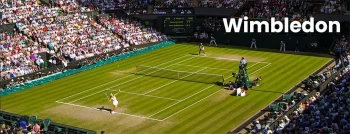
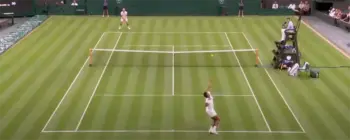
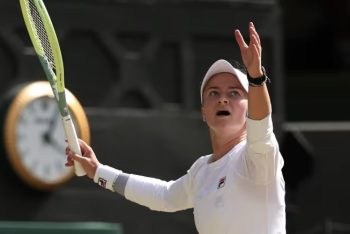
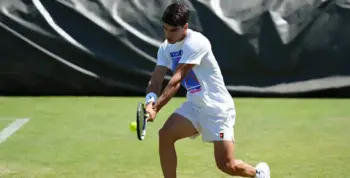
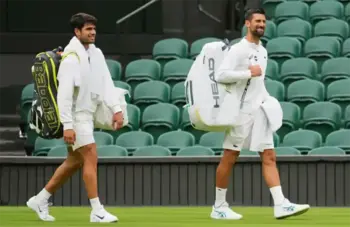

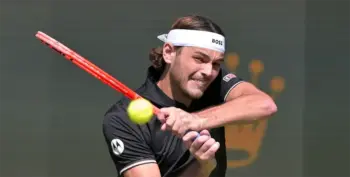

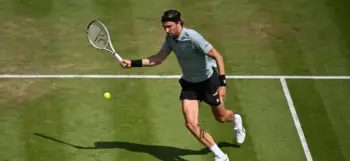
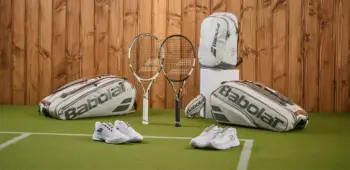
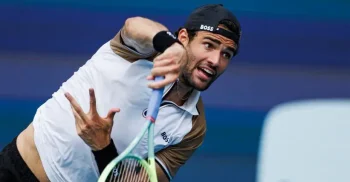

Imagine being 17-18 years old having to face the big three on a grand slam tournament, without coaching!
For the generation following the big-3 (ie medvedev, thiem, tsitsipas, rublev, zverev etc and many others even before them) and until 2-3 years ago that at least Nadal and Djokovic were still “prime”, the no-coaching rule must have been a true curse!!!
How much easier it is now for the younger top players (Sinner-Alcaraz etc) that can be coached without the fear of getting punished and of course without the big 3 on the courts. (Novak is still there but i doubt he will ever again claim a grand slam)